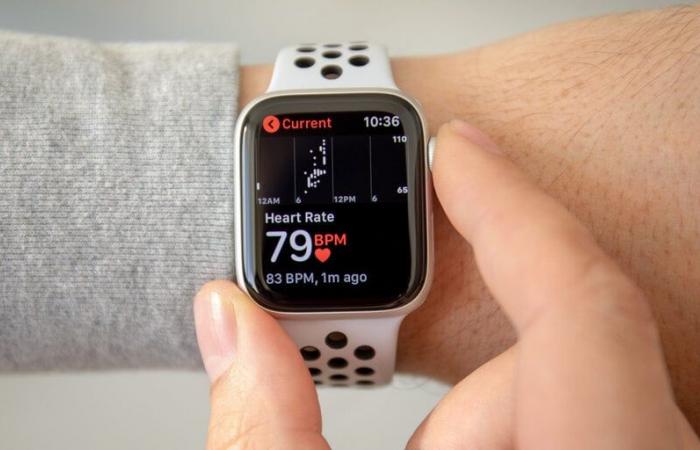A recent study found that conventional consumer devices, specifically older Apple Watches and iPhones, can help doctors detect signs of Parkinson’s disease earlier, speeding care options for a neurological disorder that affects to 10 million people around the world.
To better equip healthcare providers with a way to identify and detect the progression of the disorder as early as possible, a team of researchers at the University of Rochester Medical Center conducted a 12-month study with 82 individuals with early-stage Parkinson’s. and untreated, and 50 other individuals of the same age group as a control group.
The results of the research were published last week in npj Parkinson’s diseasean open access, peer-reviewed journal affiliated with Nature. It was an update to results reported last year.
The study indicates that the team wanted to use “accessible technology” and opted for the Apple Watch 4 or 5 and the iPhone 10 or 11. The study was conducted between June 2019 and December 2020, and Apple hardware included older models than the next-generation versions available at the time.
The smartwatches were used to collect health and fitness data for the app BrainBaseline installed on the iPhone. Participants simultaneously wore sensors “Opal” of research quality placed on the sternum, lower back and shoes.
The “out-of-the-box (no modifications required)” smartwatches and Parkinson’s-specific app measured several factors, including walking speed, step distance, arm swing, speaking patterns, finger touch, among other data.
“We found numerous valuable digital measures derived from a commercial smartwatch and a smartphone,” the study noted. “The response of these metrics to medications remains to be established. However, this study brings us closer to having meaningful digital measures for future use in Parkinson’s disease clinical trials.”
Key findings from the study showed that walking problems worsened over a year in people with early-stage Parkinson’s disease. Other measured movements, such as arm swing, walking speed and step length, also decreased due to Parkinson’s disease.
These changes were measured using wearable devices in real-world settings on a daily basis for each participant, and showed more pronounced differences than traditional tests by doctors, the study noted.
Study participants within the Parkinson’s group also had more hand tremors detected over time with the devices and app, showing that they experienced more time each day with tremors after a year. This change was more notable than doctors usually measure, according to the published article.
While some challenges arising from COVID-related technology and time constraints were mentioned, the researchers concluded that their premise was validated and warranted further investigation.
Wearable technology for consumers and fitness users has also advanced since the study was conducted, with smartwatches and smart rings adding numerous new sensors and collecting more metrics.
The study was led by Dr. Jamie Adamsassociate professor in the Department of Neurology and Movement Disorders at the University of Rochester.
“These findings reinforce what other studies have shown,” Adams said in 2023. “Digital devices can differentiate between people with and without early Parkinson’s and are more sensitive than traditional rating scales for some measures of Parkinson’s disease.”
According to the Parkinson’s Foundation, approximately 90,000 Americans They are diagnosed with the neurological disorder every year, which affects physical movement and is the second most common neurodegenerative condition after Alzheimer’s. Although Parkinson’s currently has no cure, its Symptoms can be subtle and difficult to diagnose.
Adams did not immediately respond to a request for comment from Decrypt.
Edited by Ryan Ozawa.






